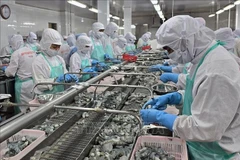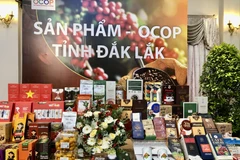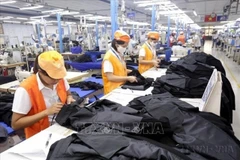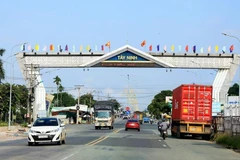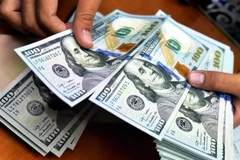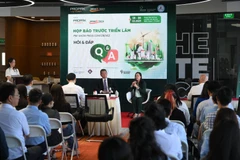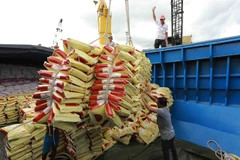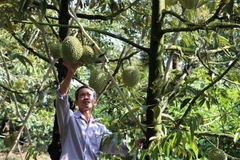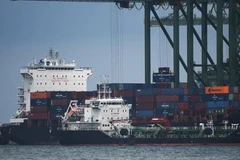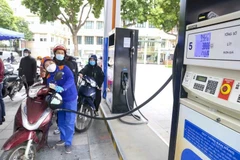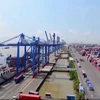Hanoi (VNA) – The Department of Overseas Labour under the Ministry of Labour, Invalids and Social Affairs has urged people not to believe or pay any individuals who claim to send labourers for seasonal work to the Republic of Korea (RoK).
A representative from the Department affirmed that the seasonal worker programme is a not-for-profit cooperation between Vietnamese and Korean localities, and it does not involve any enterprise.
To date, 12 Vietnamese localities, namely Da Nang, Dong Thap, Thai Binh, Ha Nam, Ha Tinh, Thua Thien–Hue, Ca Mau, Quang Binh, Hau Giang, Ha Giang, Lai Chau and Tuyen Quang have signed agreements with Korean counterparts.
The RoK’s seasonal worker program is a scheme in which local governments invite temporary workers from overseas to legally work in farming and fishing villages for 90 days or up to 5 months. It is open to those working in the fields of agriculture and fisheries, and within the age group of 30-50.
They are paid around 2 million KRW (1,500 USD) a month. Employers must work to ensure their safety, cover insurance premiums for occupational accidents, and provide free protective gears for the workers.
 Workers need to contact the Department of Labour, Invalids and Social Affairs for further information on seasonal worker programme in RoK. (Photo: VietnamPlus)
Workers need to contact the Department of Labour, Invalids and Social Affairs for further information on seasonal worker programme in RoK. (Photo: VietnamPlus)
Seasonal workers are required to stay with their contracted employers. To change their registered workplace, they must go through a process to gain a new work permit from related authorities.
The first seasonal workers from the northern province of Nam Dinh arrived at the RoK’s Jeju island on July 13 under a cooperation agreement between the two local authorities.
The Jeju authorities said that 14 seasonal workers from Nam Dinh province entered the RoK through Jeju International Airport under the seasonal worker programme of the Korean Ministry of Justice.
Upon their arrival, they received training on how to respond to emergencies, prevent human rights violations, and fight crimes against foreign workers.
They then will work for local farms that are also trained on regulations that they must comply with when employing foreign workers under the provisions of the programme.
On March 29, Jeju signed a Memorandum of Understanding with the Vietnamese province to address its labour shortage.
This year, Jeju needs 867 foreign seasonal workers, and the number it has signed with Nam Dinh is 264.
Since mid-2022, Vietnam’s relevant agencies stepped up training in an effort to increase the number of workers sent to the East Asian country.
The Korean Ministry of Employment and Labour said the country had plans to employ about 110,000 migrant workers this year at farms and factories, but some businesses believed even more would be needed.
Last year, Vietnam sent nearly 9,000 workers to the RoK under the EPS programme, out of 70,000 set for 16 selected countries.
The head of the EPS Vietnam Office in the RoK Pham Minh Duc said up to 10,000 Vietnamese guest workers were expected to be sent to the RoK this year.
The office would coordinate with the labour management board and the Vietnamese embassy in the RoK to provide training for the workers, helping them quickly integrate into the host society.
Joint efforts would also be made to popularise the Korean laws among the guest workers, and more measures would be taken to support them, he said./.








